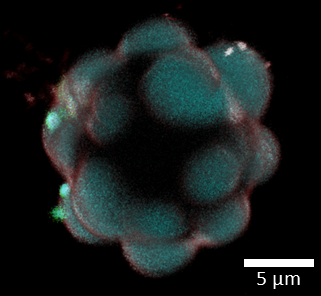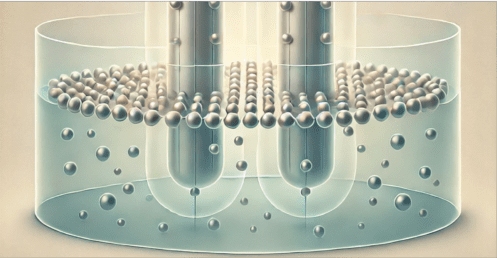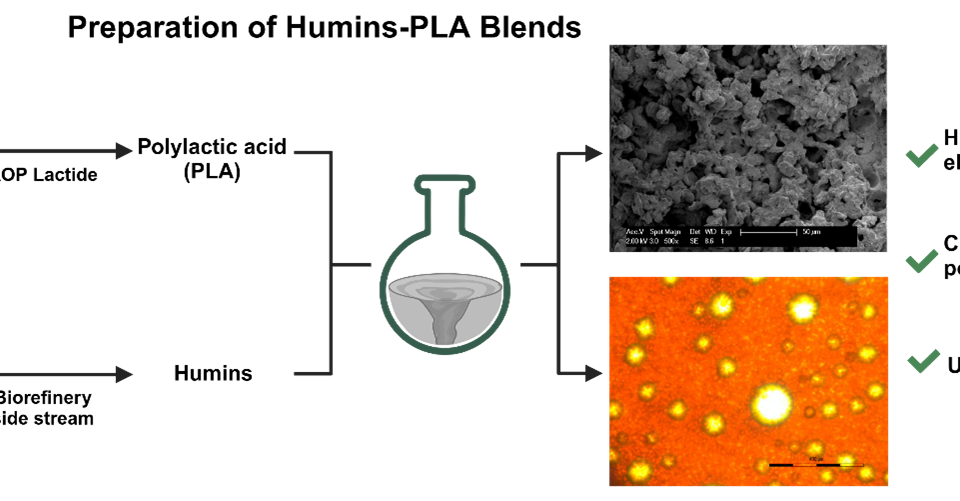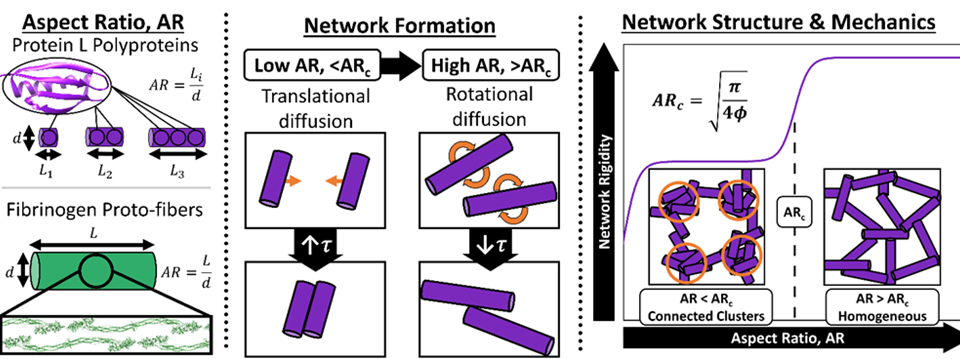8th December 2025
The formation and regulation of biomolecular condensates is central to many cellular processes and remains a key challenge in the construction of synthetic cells. Researchers from SoftComp partner Wageningen University & Research in... (Read more)




